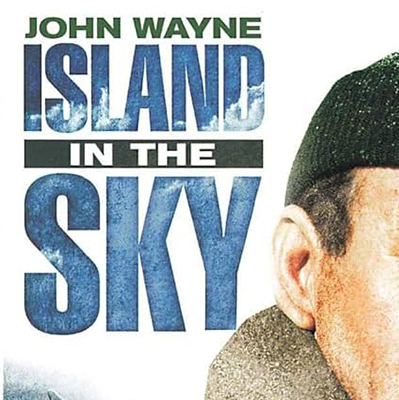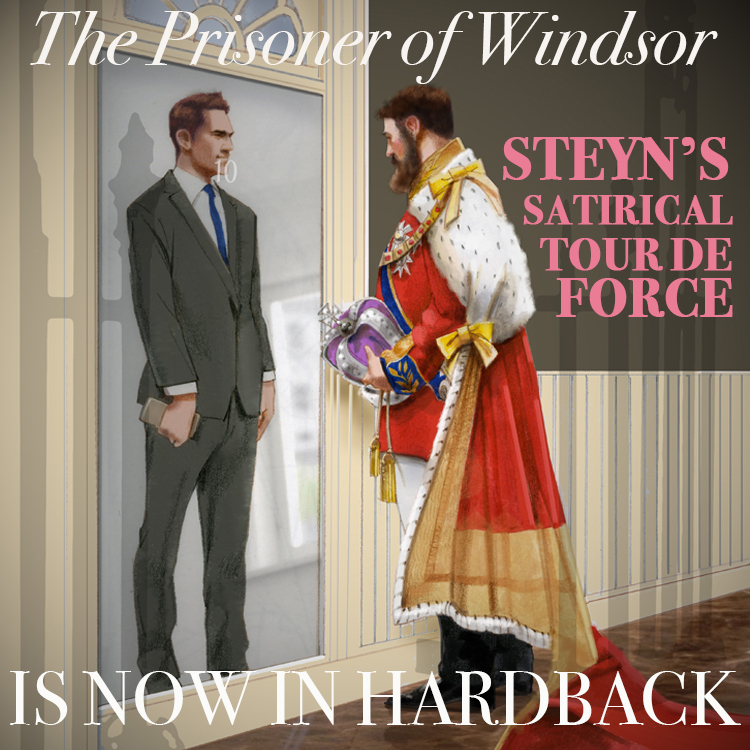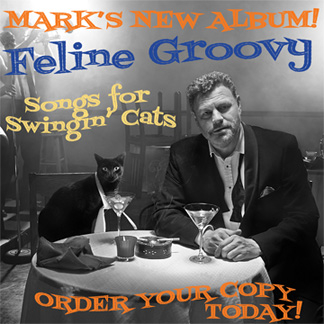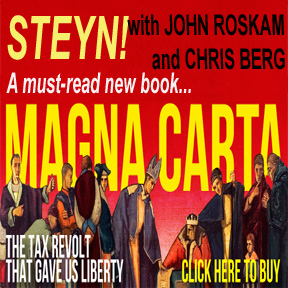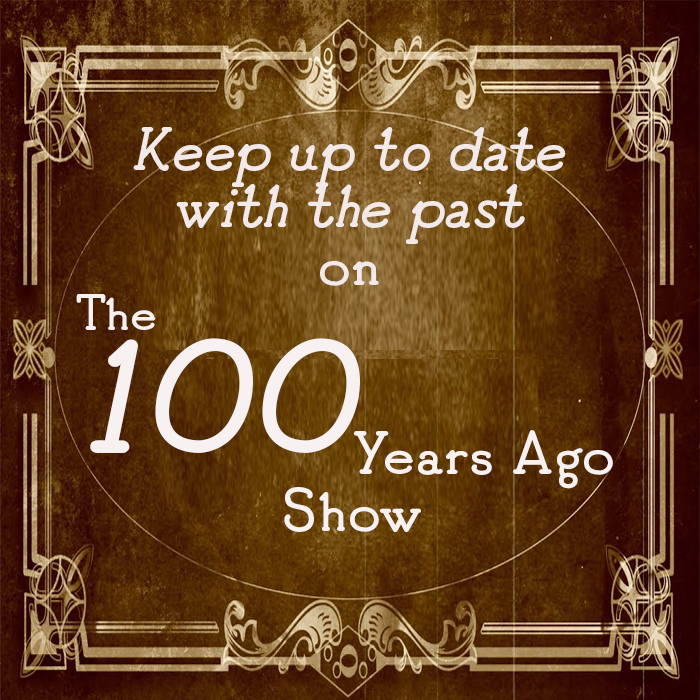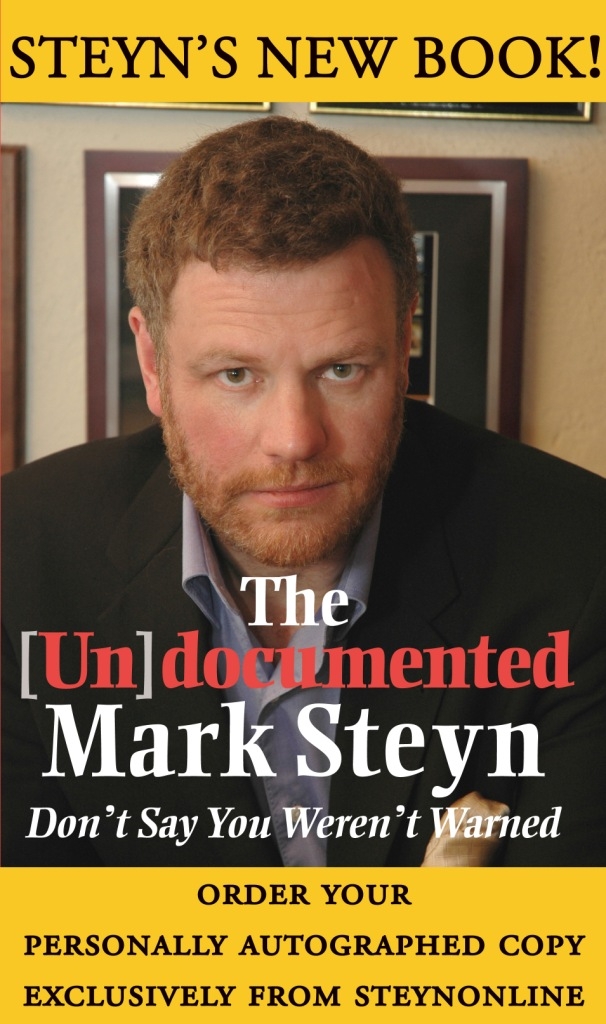There are actors and there are movie stars and then there are those rare legends whose image projected on a screen inspires tributes and treatises, polemics and diatribes, encomiums, tracts and paeans. Every movie star who ascends, even briefly, to some rare level of fame becomes the subject of this sort of beetle-browed inquiry by the sorts of writers tasked with finding something in pop culture that explains everything about a moment in social and political time.
But there are few celebrities who can support this kind of scrutiny and carry the burden of this much significance for long decades. In music it might boil down to just Elvis Presley and the Beatles, in art perhaps only Andy Warhol, whose cultural half life has lasted longer than anyone imagined. The post-literate world we've created means no writer has this sort of resonance anymore (though it once might have been Mark Twain, Tolstoy or Dickens.) Among movie stars there are only two names that abide as self-contained archetypes long after their deaths: Marilyn Monroe and John Wayne.
The body (no pun intended) of Marilyn literature is endless, but so is work devoted to Wayne, much of it explicitly political, but he still inspired Joan Didion to write about him representing a romantic ideal in "John Wayne: A Love Song", an essay included in her collection Slouching Toward Bethlehem:
"When John Wayne spoke there was no mistaking his intentions; he had a sexual authority so strong that even a child could perceive it. And in a world we understood early to be characterized by venality and doubt and paralyzing ambiguities, he suggested another world, one which may or may not have existed ever but in any case existed no more; a place where a man could move free, could make his own code and live by it; a world in which, if a man did what he had to do, he could one day take the girl and go riding through the draw and find himself home free, not in a hospital with something going wrong inside, not in a high bed with the flowers and the drugs and the forced smiles, but there at the bend in the bright river, the cottonwoods shimmering in the early morning sun."
When John Wayne produced and starred in Island in the Sky in 1953 he had, after dozens of films and several false starts, finally grown into the persona of "John Wayne" as we know him today. This was after seminal films with Raoul Walsh (The Big Trail), Howard Hawks (Red River) and especially John Ford (Stagecoach, She Wore a Yellow Ribbon, Rio Grande, The Quiet Man) and before more seminal films with Hawks (Rio Bravo) and Ford (The Searchers, The Man Who Shot Liberty Valance).
Wayne had, like so many stars did as anti-trust laws brought the studios and their system down from their once all-encompassing power, started his own production company in partnership with Robert Fellows, and Island in the Sky would be their third film after Big Jim McLain and Hondo. Like most stars who strike out on their own, Wayne eschewed the safe bet of making a western and instead made a film that doesn't fit easily into any genre.
It's a war film that happens thousands of miles away from any battlefront, and it's an aviation movie like The High and the Mighty, the last picture by Wayne-Fellows Productions, albeit one where most of the principal action happens on the ground. What it is, though, is a John Wayne picture in every aspect – a story about heroism in the face of death, of a man living by his code and making other men live by it as well.
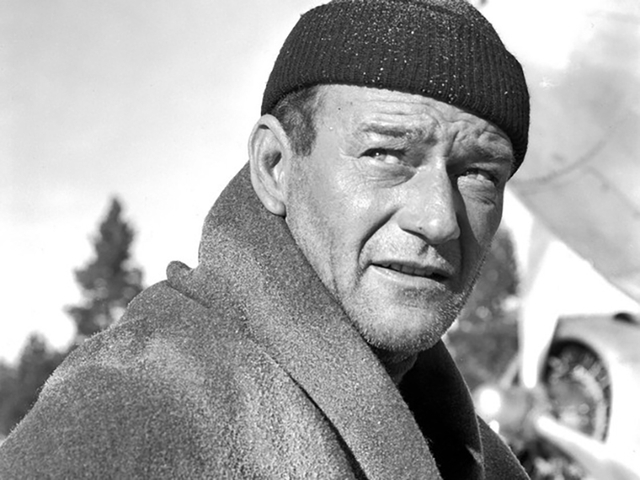
The film begins by telling us it's about pilots – a fraternity of the air who live with the kind of danger one crew is facing as the camera picks them out in bad weather over the St. Lawrence River. The narration – by William Wellman, the film's director – tells us that pilots like Capt. Dooley (Wayne) live with constant fear of finding themselves lost in the air, though like Dooley they manfully hide it for the sake of their crew and passengers.
Dooley is the pilot of a Douglas C-47 Skytrain working for the Air Transport Command, a civilian seconded by the military to deliver supplies and ferry aircraft to the theatres of war in Europe and the Pacific. They were employed in a vast logistical enterprise that was expanded exponentially when it became apparent just how much needed to get sent by air that wouldn't arrive in time by train or boat.
Dooley and his four-man crew desperately try to find their position while radio signals are poor, visibility is nearly zero and ice builds up on the wings of their plane. They end up guessing that they're inland over Quebec where finding a place to ditch their plane among the mountains running all the way up to Labrador is too dangerous, and are forced to head northwest and land on a frozen lake.
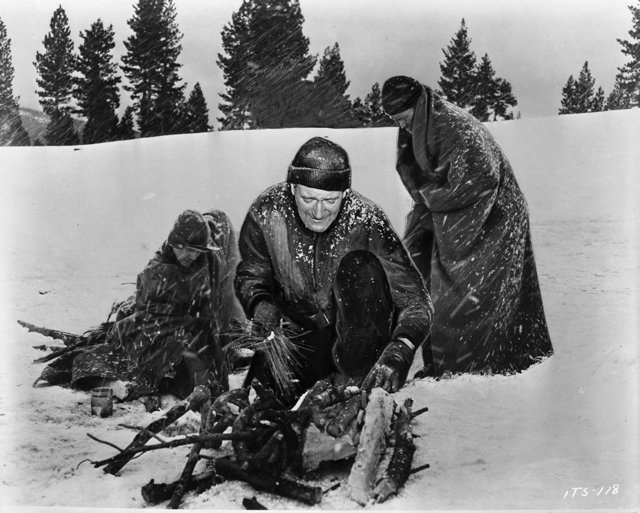
What follows is a race against time as supplies run out, their radio loses battery power and the ad hoc rescue team of fellow civilian airline pilots flying Army Air Force planes uses a break in the weather to search for what is basically a needle in a haystack. Because Dooley and his men are lost in wilderness that's still uncharted, behind a mountain range whose peaks are unnamed and where not even Eskimos will venture.
Canadians take perverse pride in this inhospitable wasteland that comprises a huge stretch of our country – nearly a dozen Alaskas strung across the Arctic Circle where virtually nobody lives and winter temperatures, as we're told in the film, can plummet down to −70°F. Most of us live in cities hugging the U.S. border where the worst winter days might get down to −35° and only the tiniest minority have ever ventured farther north than cottage country. So why Donald Trump seems suddenly fixated on annexing not just this frozen desert but also our precarious economy and dysfunctional politics remains a mystery.
As the war went on, these civilian pilots in the ATC would be put in uniform, noncombatants whose lives were still at risk, not just from the enemy but from geography and weather everywhere from the Himalayas to North Africa to the North Atlantic. My own father spent the war in the Royal Canadian Air Force equivalent of the ATC – the 168 Heavy Transport Squadron, flying mail, freight and personnel across the Atlantic to Europe in B-17s and B-24s stripped of their armour and guns to turn them into flying boxcars. He was a flight sergeant, in charge of ground crew whose job was to adapt and maintain planes that were usually in rough shape by the time they were delivered by our American allies.
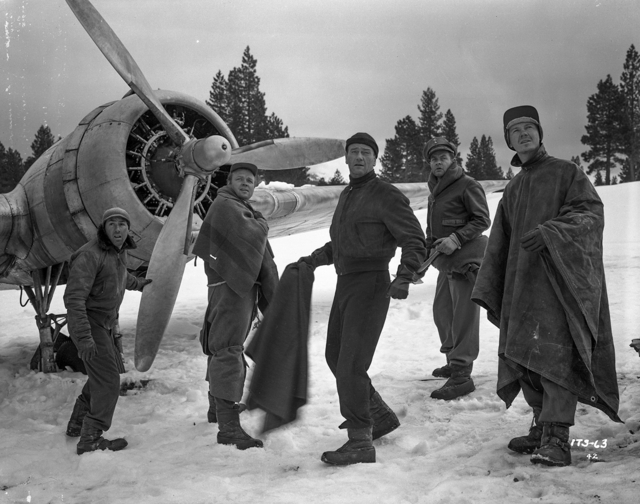
Like The High and the Mighty, Island in the Sky was based on a novel by Ernest K. Gann, a colourful figure who flew for American Airlines before being absorbed into the ATC during the war. He was based in Gander, Goose Bay and Presque Isle, Maine, flying the route that Dooley and his men took, and he based his book on a real incident from 1943, with a flight that Gann was scheduled to take but was fortunately bumped.
The rights to Gann's story were optioned by a producer who planned to star Richard Widmark as Dooley, but when they were dropped, Wayne and Fellows bought them and assigned Wellman to direct Gann's screenplay. Wellman had flown with the Lafayette Flying Corps in World War One and pioneered aviation cinematography when he made Wings in 1927. Wellman had directed Wayne in early, nameless roles in his 1933 films Central Airport and College Coach, and they'd work together again on The High and the Mighty and Blood Alley (1955), after Wayne parted ways with Fellows and started his own Batjac Productions.
Scenes at the crash site of Dooley's C-47 were filmed at Donner Lake, near Truckee, California in the Sierra Nevada mountains. William Clothier, who had worked with Wellman on Wings, was hired to shoot the aerial sequences and Gann flew one of the C-47s in the search and rescue party. Wayne also filled the cast with actors who made up the crew he'd share with John Ford – men like Andy Devine, Harry Carey Jr. and Sean McClory.
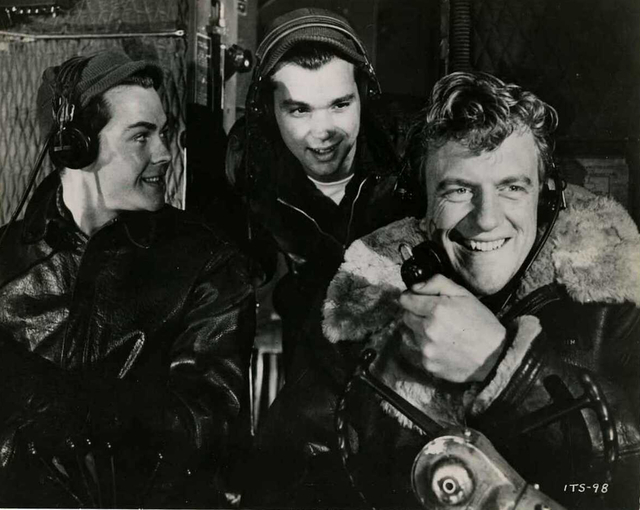
The story cuts back and forth between Dooley and his men and the crews flying the rescue mission out of Presque Isle, led by Colonel Fuller (Walter Abel). Comic relief is provided by James Arness as McMullen, one of the pilots, a hulking, bad-tempered brute who regularly throws the hotel clerk, tasked with waking him up, out of a second-story window into the snow drift below.
Devine also lightens the tone as Moon, a portly but highly experienced veteran pilot who strives to expend as little effort as possible in the cockpit, leaving most of the flying to his co-pilot as he snoozes in his seat and makes occasional adjustments to the instruments using a telescoping tool he pulls out of his coat. Carl Switzer – Alfalfa in the Little Rascals series – plays the diffident Sonny, co-pilot to Lloyd Nolan's Stutz.
Like so many war films, there aren't a lot of women in the cast, and they only appear briefly, as girlfriends and wives on the far end of telephone conversations or in flashbacks. The story is well-served by the lack of a love interest or romantic subplot, to be sure, but Gann would admit that he always had a hard time writing female characters and left them out of his stories when he could.
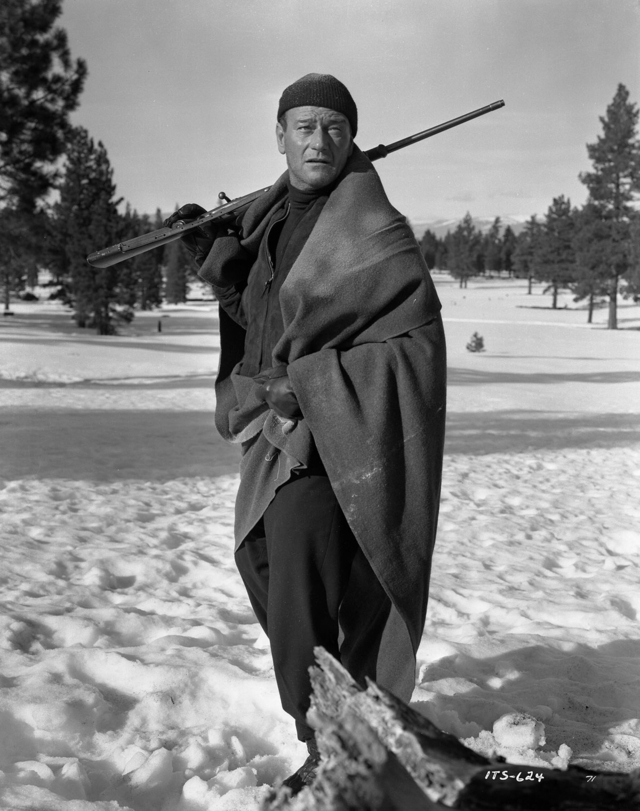
At the centre of all the action, in the air and on the ground, is Wayne. When Fuller is trying to pull together crews for the rescue mission, he only needs to send out a message that "Dooley's down" among the scattered pilots returning from missions or enjoying leave. Dooley is a legend in this elite group, with 15,000 hours of flying time over decades that comprise most of the history of flying.
Their job is a dangerous one and the loss of a single man in this elite group is felt. The flashbacks and dream sequences Wellman employs to flesh out the characters of the stranded crew are thickly sentimental but they underline how the lonely deaths faced by the crew of the Corsair, Dooley's C-47, will affect those left behind.
It's the same tragedy suffered by soldiers killed in some faraway war – like Dooley's co-pilot, Lovatt (McClory), who wanders off searching for food and gets lost in a snowstorm, freezing to death just a few feet from their plane, dreaming of his girlfriend at home. There were doubtless many people in an audience in 1953 who had felt the pain of dropped threads and lost potential by the end of the war.
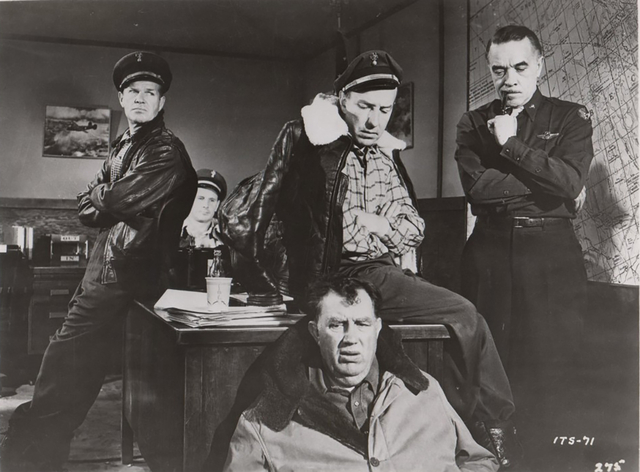
Wayne's Dooley is the kind of man who inspires loyalty and confidence; as soon as the relief of surviving a crash landing wears off and their dire circumstances become apparent, the crew of the Corsair let Dooley know that he's unquestionably in charge even after the grounding of their plane has relieved them of the duties of mechanic, navigator, radio operator and co-pilot.
Wellman lets us know how seriously Dooley takes his responsibility as his thoughts are narrated in voiceover; he has to threaten the men with a pistol to make the point that sticking together is their only option for survival, and he slaps the sense back into a blubbering crewman at the point when morale is lowest. (As I wrote about the slap Wayne gives to Robert Stack's panicking pilot in The High and the Mighty, it's "the cinematic equivalent of a knighthood or an epiphany".)
In John Wayne's America, Garry Wills insists that Wayne finally took on the mantle of this authority figure with the role of Sgt. Stryker in Alan Dwan's Sands of Iwo Jima (1949):
"He is a lonely man burdened with responsibility. His wife or lover he has lost to death, divorce or estrangement – and with her he has lost potential or actual sons (daughters don't count). This character will find in a follower the son he never had. The 'son' at first resists Wayne, but finds maturity in coming to understand the responsibility he bears, the reason for his strictness, his emotional stuntedness. An affective link is formed precisely from the refusal to display affection."

Wills stresses how Wayne came to embody a masculine ideal for generations of moviegoers (such as Joan Didion, apparently). "Wayne," he writes, "though too slow to succeed at college football, was well coordinated, surprisingly graceful for a large man. He had what Howard Hawks would call 'an "I-own-the-world" way of walking' That was the effect (Raoul) Walsh was looking for: 'The sonuvabitch looked like a man.'"
Wills is one of those writers who mines the public image of Wayne to provide material for his theories about the country that produced him and made him a star in the years after World War Two, the years of the Cold War, the Red Scare and the beginning of the war in Vietnam:
"Wayne-olatry grew in such a climate. It is the greatest popular expression of the tensions in that half-century of muted struggle (1945-85). What followed, in terms of Hollywood symbols, was a reversion to radical individualism. The end of the Cold War should have been a comforting development but it was also the end of an empire. America lost Vietnam, with a corresponding breakdown in its internal imperial discipline, leading to a sense of drift, a new awareness of crime as raveling out of the social fabric."
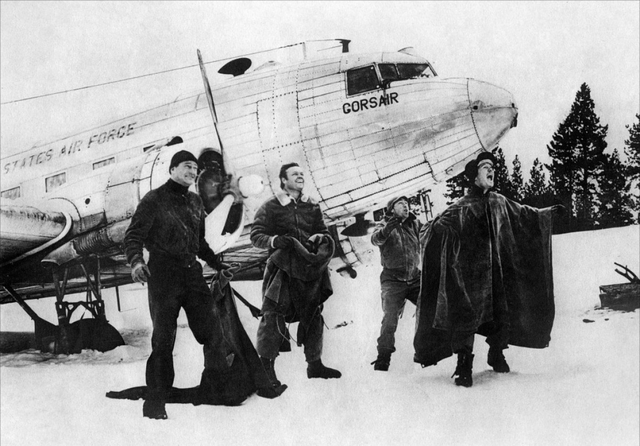
Wills' mission, as much with Wayne as in his books on Richard Nixon (Nixon Agonistes) and Ronald Reagan (Reagan's America; Innocents at Home), is a careful debunking of what we assume we know about the men he writes about and the country that produced them.
"Wayne," he writes, "hated horses, was more accustomed to suits and ties than to jeans when he went into the movies, and had to remind himself to say 'ain't.' He aspired, during the long courtship of his first wife, to join the Social Register set in Los Angeles. Wayne was not born Wayne. He had to be invented."
Wills spends much time in his book teasing out the ambiguities of Wayne's childhood and upbringing – the many Iowa towns he lived in before his family arrived in California and the myths that they promoted trying to claim him. He devotes pages to the controversies around the staging of the famous photo of Marines raising the flag at Iwo Jima. There is so much we think we know about John Wayne, and Wills is intent on making us doubt all of it in pursuit of the political meaning of "The Duke":
"Wayne did not just have political opinions," Wills writes. "He embodied a politics; or his screen image did. It was a politics of large meaning, not of little policies – a politics of gender (masculine), ideology (patriotism), character (self-reliance), and responsibility. It was a matter of basic orientation. Its dogmas were (usually) implicit. Whatever weight attached to his 'real life" was totally derived from the flickering light of his screen appearances."
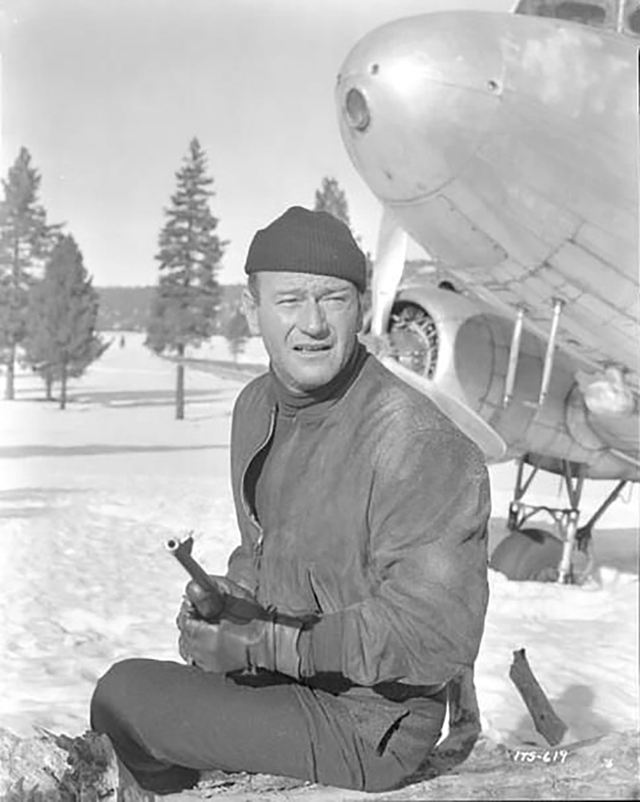
At the end of Island in the Sky, when rescue arrives at the last minute and the surviving crew of the Corsair are celebrating, Dooley lets slip that he can't wait to see his wife. They're surprised to learn not only that he's married but that he has six children; it's the last line of the film – a gag predicated on how emotionally unforthcoming Wayne's characters were. I can't speak to how this was perceived at the zenith of Wayne's career (I wasn't there) but I can't help but find it admirable in an age of endless online oversharing and emotional incontinence.
I think Joan Didion might have grasped the appeal of Wayne in her brief essay more than Wills did over the course of a whole book. What audiences saw in Wayne – what was written and filmed and what they projected on the image they were watching – was more crucial than the politics he embodied. What mattered was how "he suggested another world, one which may or may not have existed." That "place where a man could move free, could make his own code and live by it."
What they saw was a hero whose motivations didn't need to be explained as much as they were understood to be right in the absence of a manifesto or a statement of intent. A man who did what was right and, like the troubled co-pilot in The High and the Mighty and the gunman freed from revenge in The Searchers, could walk away without expecting applause.
Club members can let Rick know what they think by logging in and sharing in the comments below, as access to the comments section is one of many benefits that comes along with membership in the Mark Steyn Club.


